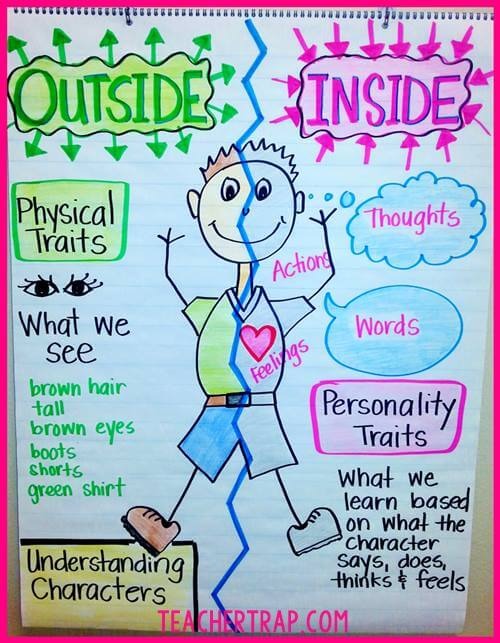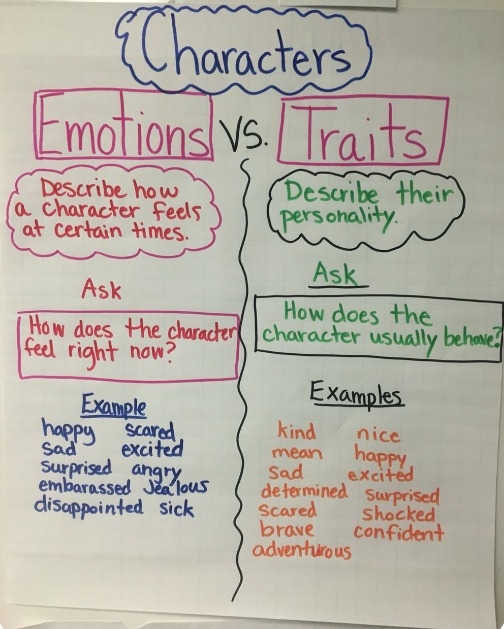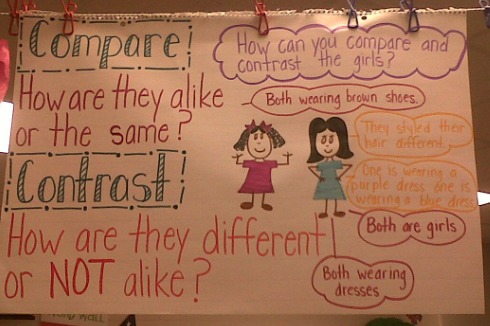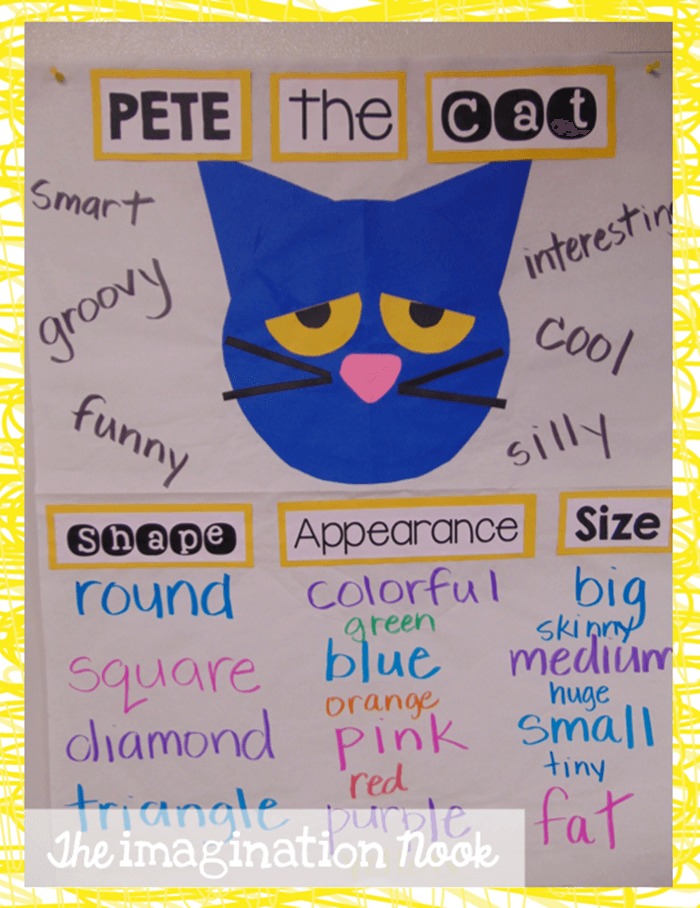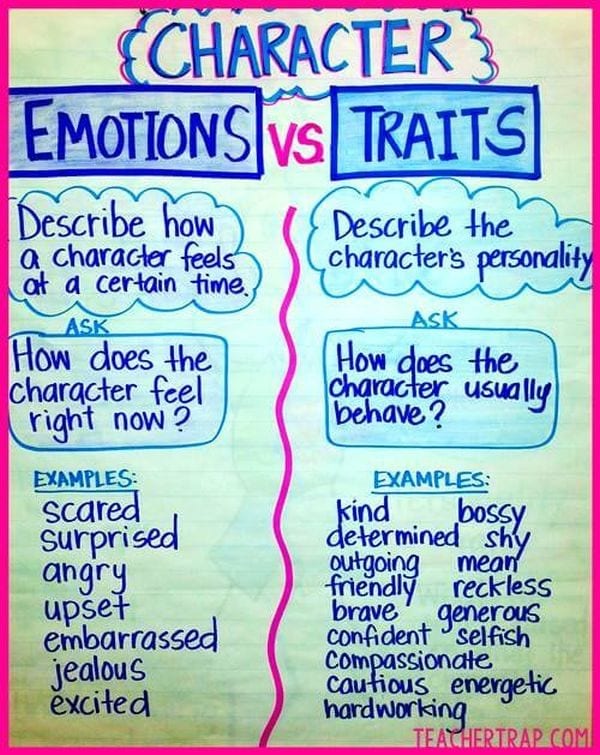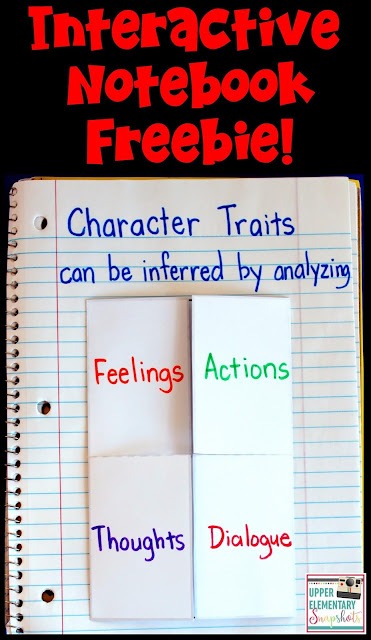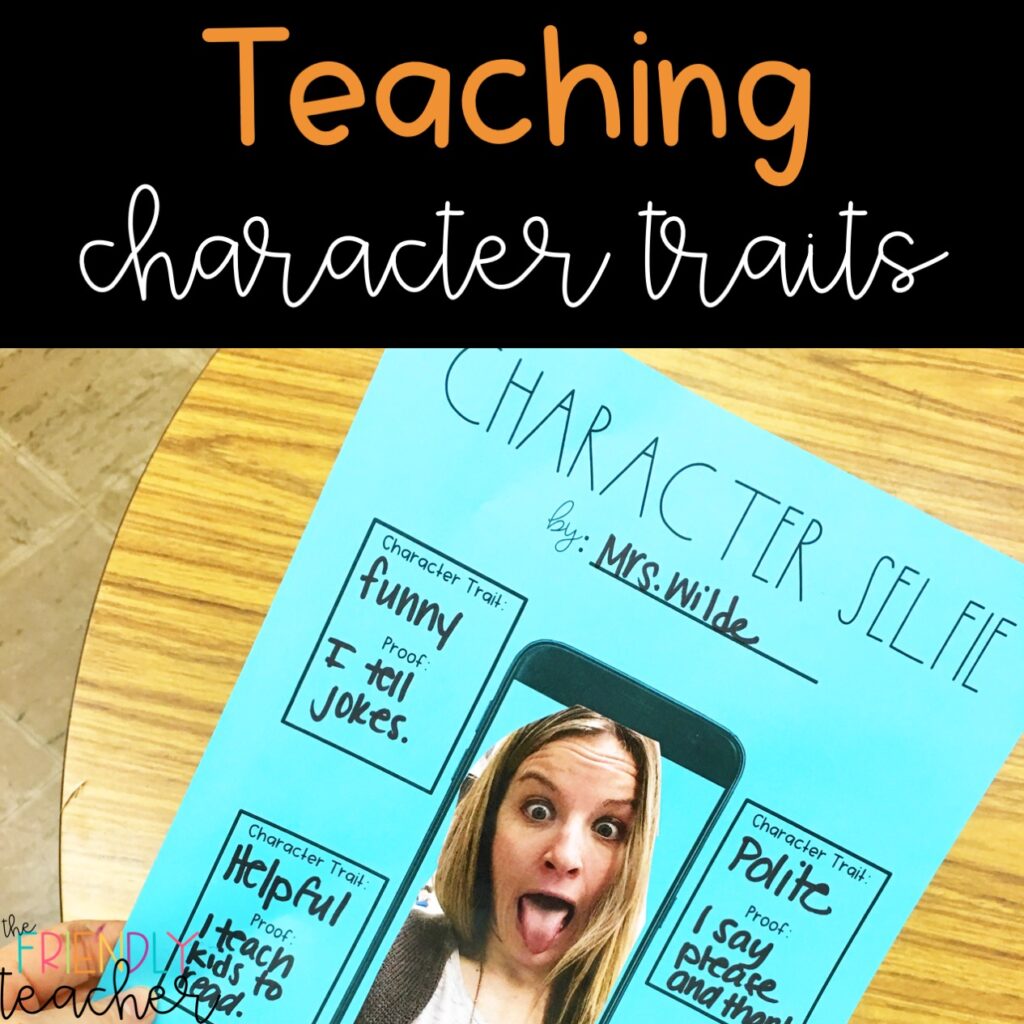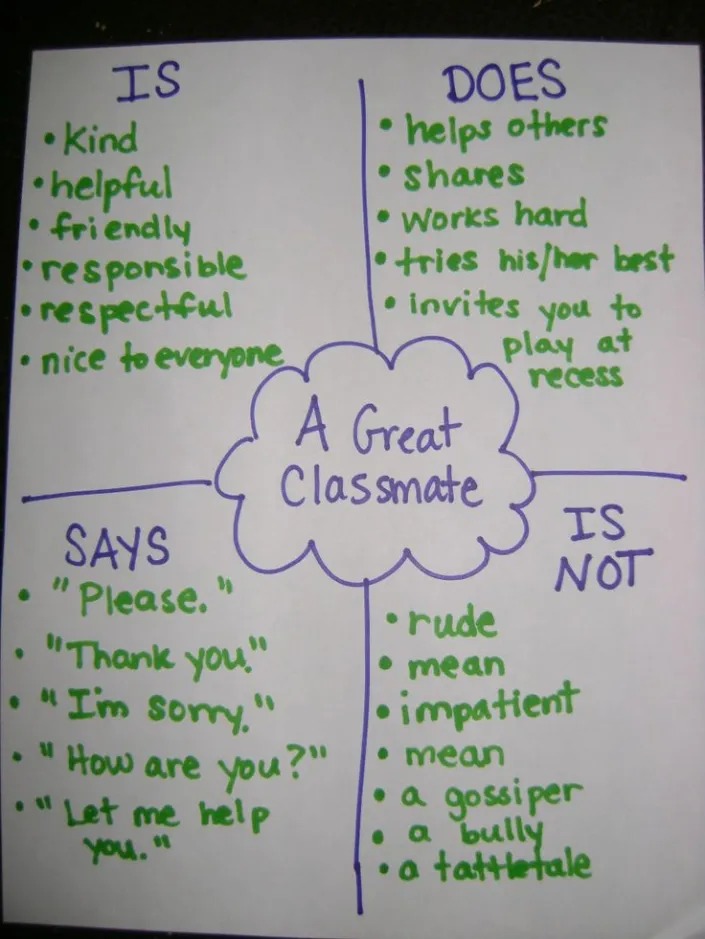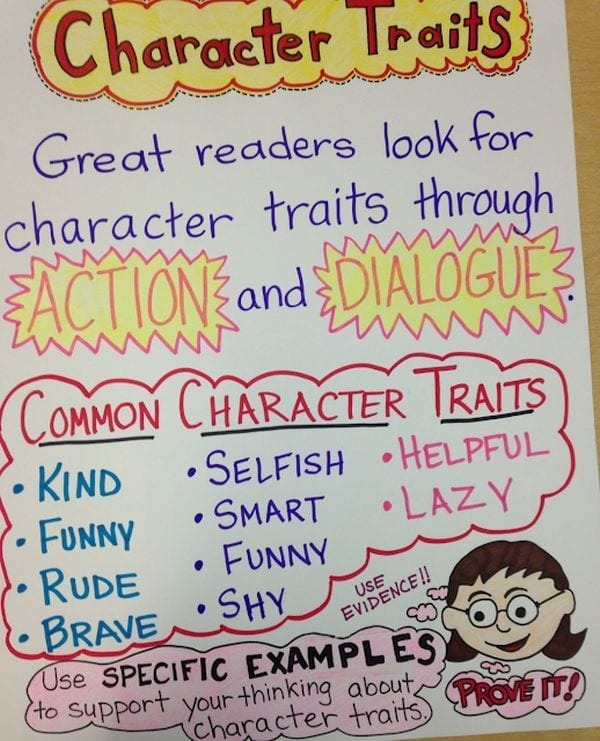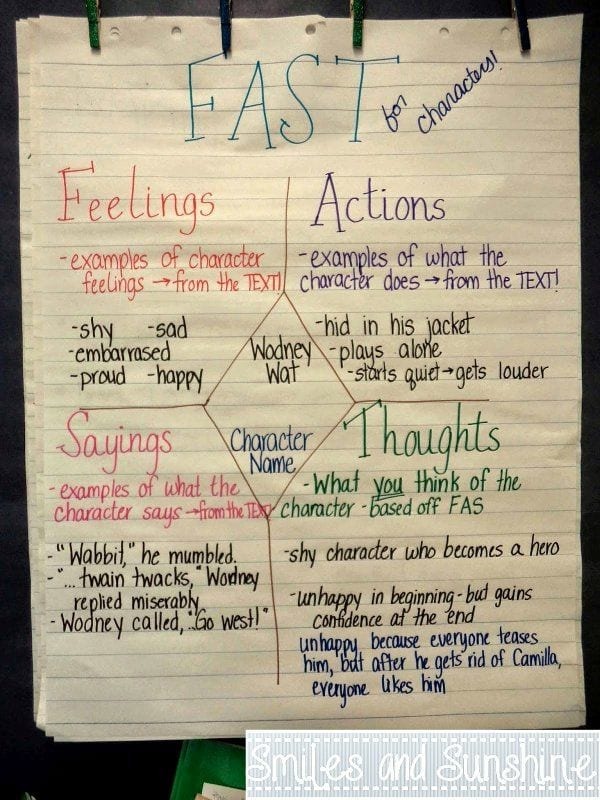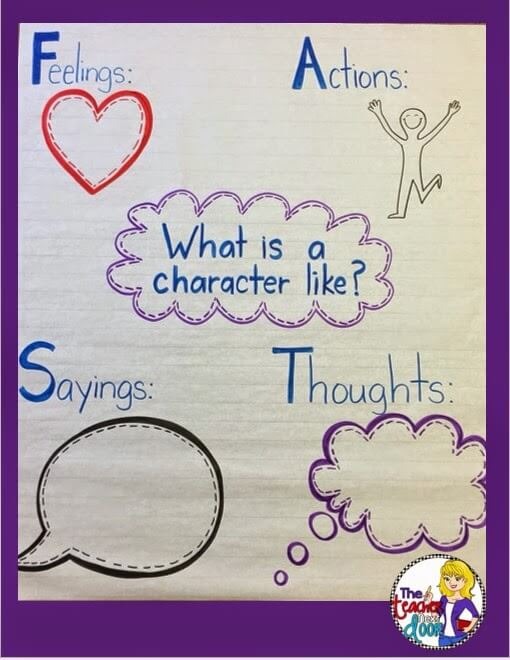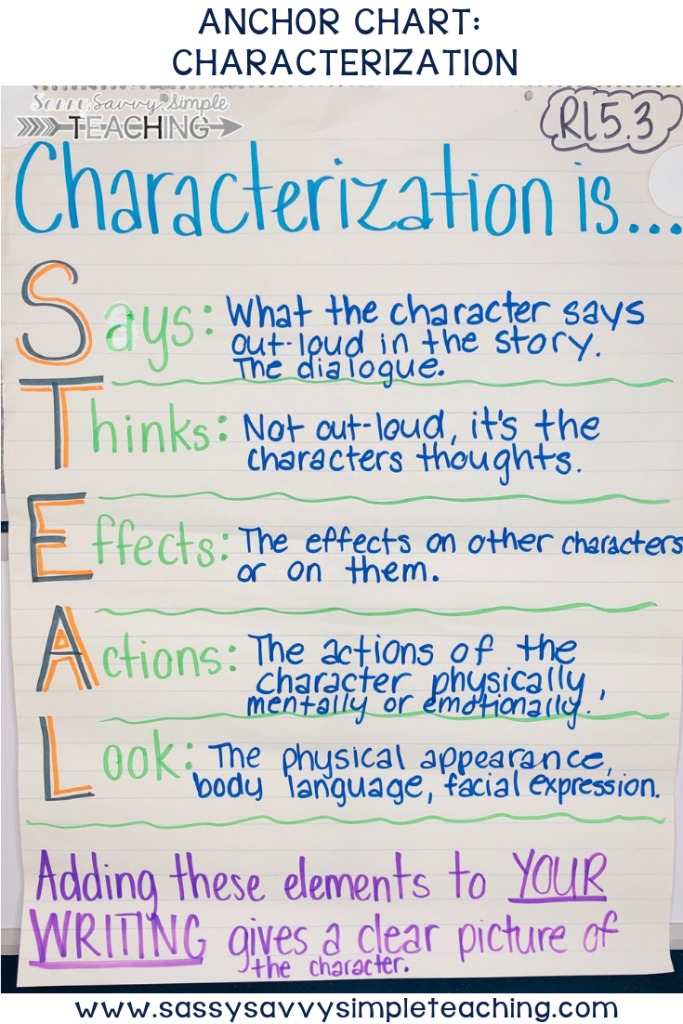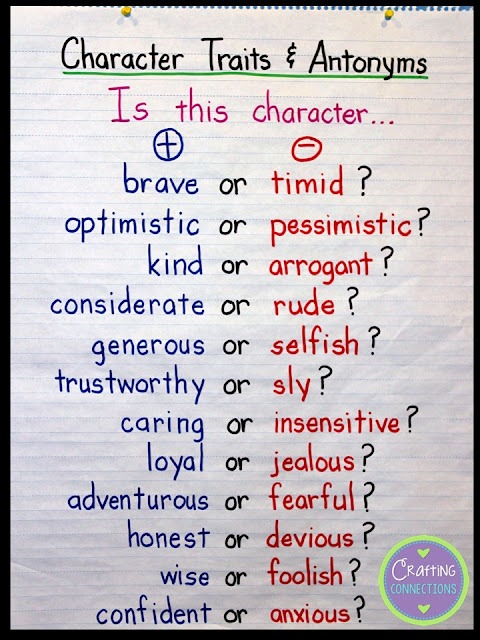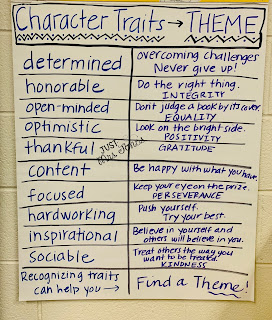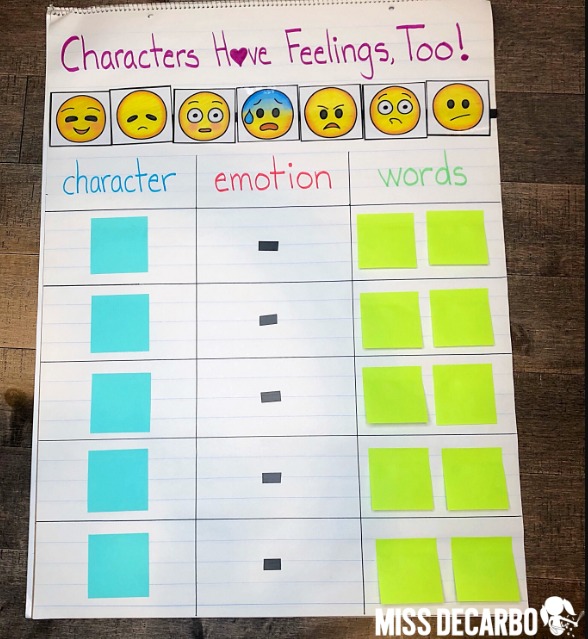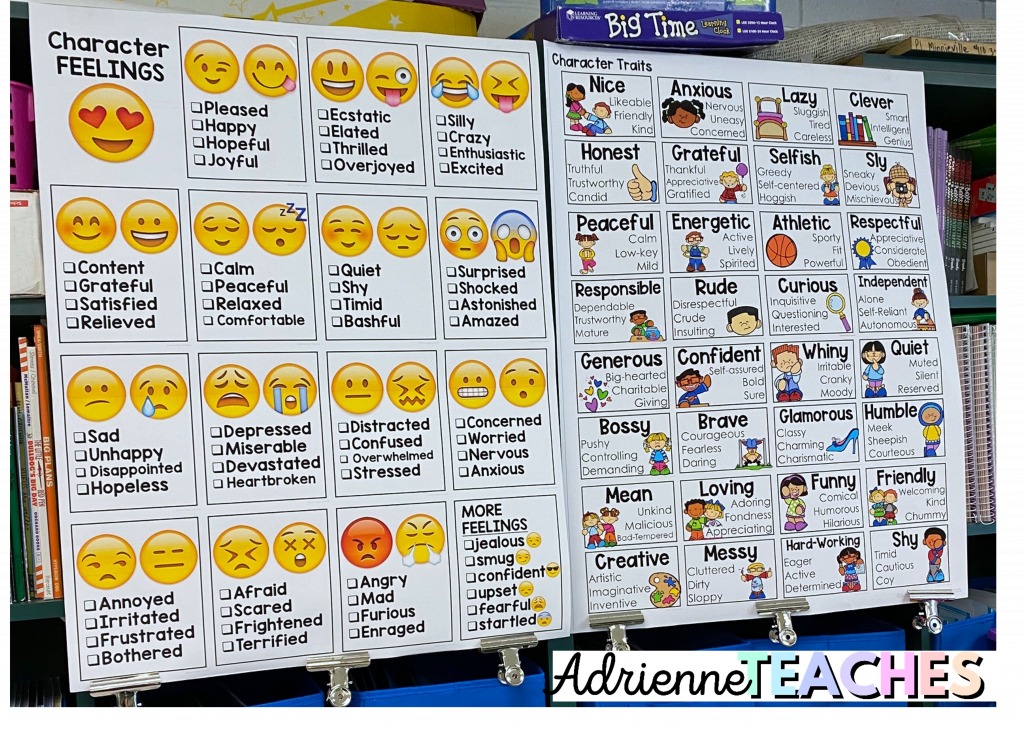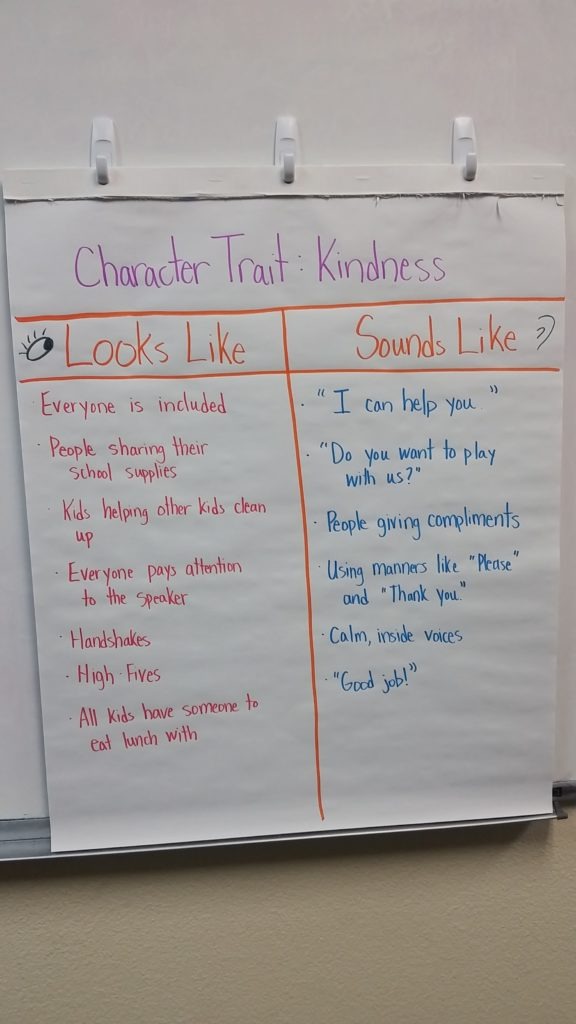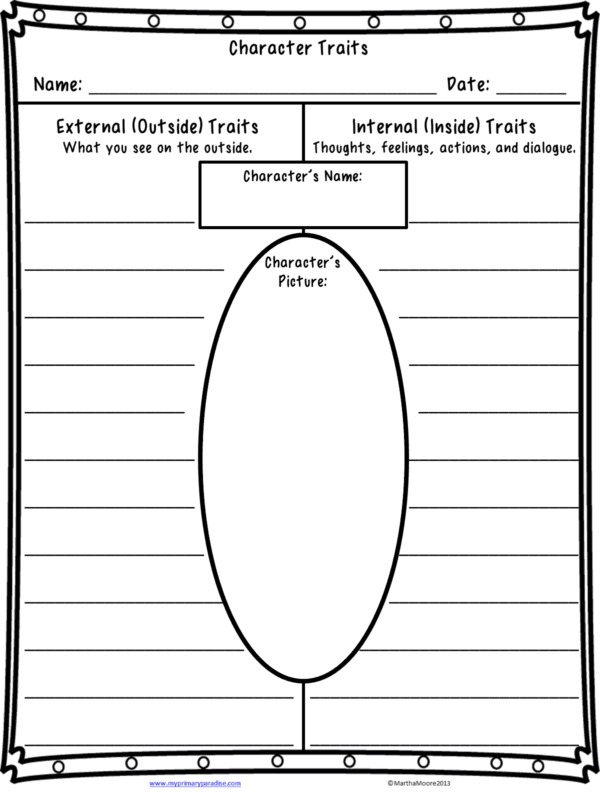What describes a character in a story? How do we recognize their key traits? Why, if at all, is the color of their eyes important? While the last one may be a question for students in higher grades, knowing the answer to the first two is crucial to developing reading comprehension in lower grades too.
Characters are one of the main story elements, and most students need a helping hand to identify their traits. An anchor chart is there to help them.
We’ll show you what types of character traits anchor charts there are and how you can download them with ease using Teach Simple.
Table of Contents
- Types of Character Traits Anchor Charts
- Resources from Teach Simple
- Character Traits Anchor Chart Ideas & Inspiration
- Free Character Traits Anchor Chart Resources
- Elements of a Good Character Traits Anchor Chart
- Final Thoughts
- More Anchor Chart Resources
Types of Character Traits Anchor Charts
All anchor charts in general should be descriptive and visually appealing. The purpose is to help students visualize the information you present in class so they have something they can turn back to as a reminder.
Character anchor charts are no different. You can find various types of character analysis anchor charts that focus on character development, character relationships, describing characters, and other aspects of characterization. Still, the most common types are:
- Inside and outside character traits anchor chart
- Traits vs. feelings anchor chart
- Contrasting traits anchor chart
Inside-Outside Character Traits Anchor Chart By Teacher Trap
An inside and outside character traits anchor chart consists of three vertical segments. The middle one is a picture of a character split into half to represent the inside and outside traits of a character. You can organize the anchor chart as a table:
| First Segment | Second Segment | Third Segment |
| Inside traits (the characteristics and personality traits) | Drawing of a character | Outside traits (physical description of a character) |
Character Traits Vs. Feelings Anchor Chart By Lumos Learning
The traits vs. feelings anchor chart is used to help students compare feelings to the characteristics of a story character. It should provide a visual aid for students to understand the difference between the ongoing trait (for example, shyness) to a temporary feeling (scared).
Contrasting Character Traits Anchor Chart By Teaching High Heels
A Contrasting Character Traits Anchor Chart is the most interactive of the three types. You can come up with a list of various traits, and your students can work together to pick out contrasting characters.
This shouldn’t only be about spotting antonyms but also about characteristics that don’t go together and would rarely be found in the same character.
You can also create an anchor chart that helps students compare and contrast characters, highlighting what makes them the same and what makes them different.
Resources from Teach Simple
Character Traits Anchor Chart by First in Line
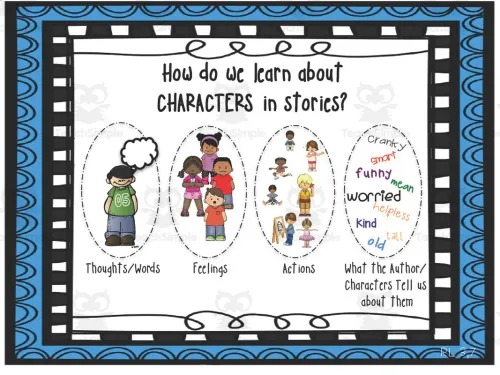
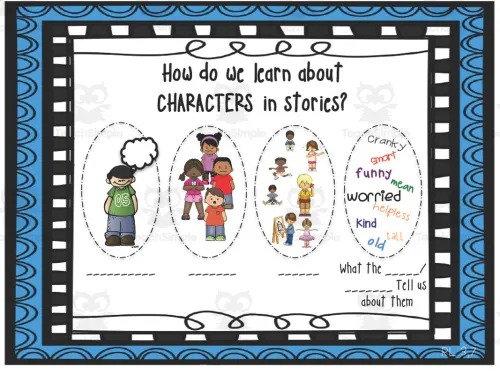
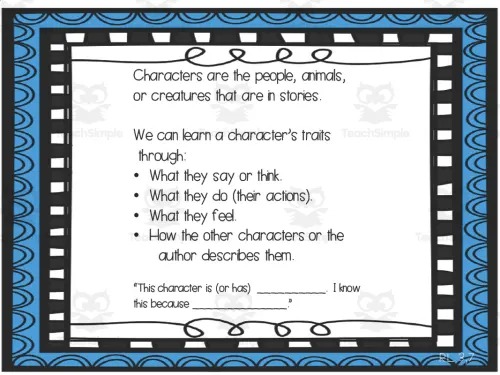
This download is meant for students from kindergarten through grade three. It includes two complete anchor charts, plus two incomplete versions for students to fill out.
Fables Anchor Chart By First in Line
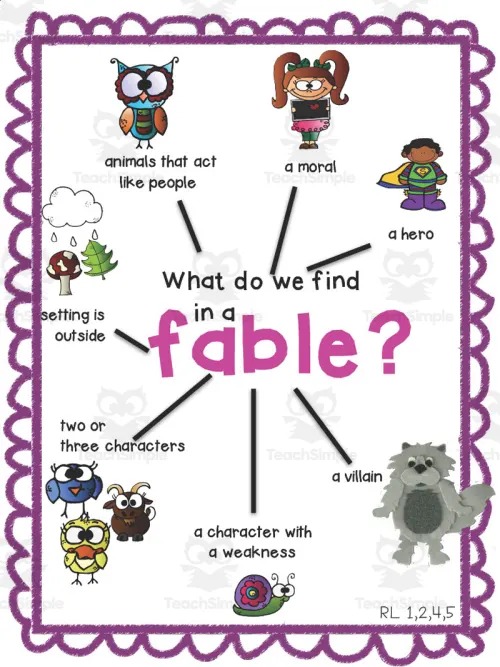
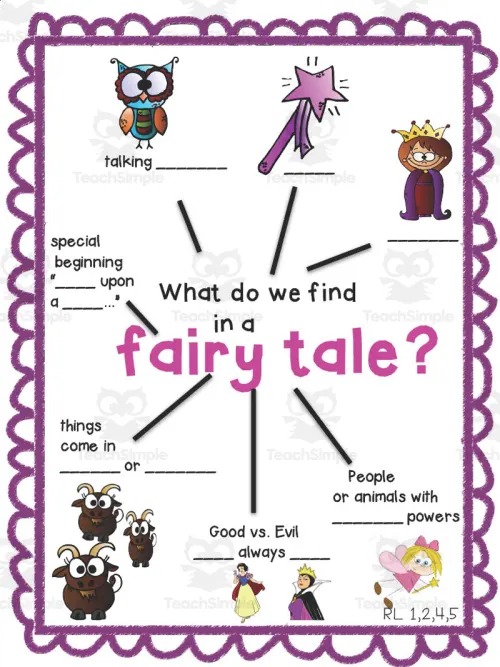
Also ideal for students from kindergarten through grade three, this anchor chart package includes one page describing the elements found in fairy tales, and one page describing the elements found in fables, plus additional incomplete pages for each for students to fill in the blanks.
Character Traits Anchor Chart Ideas & Inspiration
Pete the Cat Character Study By Kindergarten Works
This anchor chart is great because it gives an example of a character study using the adorable Pete the Cat. Since it’s a character students will already know well, they’ll be able to connect what they’ve observed about the character from the Pete the Cat books or TV show, and how they might make similar observations about other characters.
Emotions vs Character Traits By We Are Teachers
Character traits are more fixed qualities, while emotions are fleeting. The emotions a character feels may be impacted by their traits, but emotions can be experienced by any character. This can be confusing for students, so this anchor chart is useful in clarifying the difference. It both defines emotions and traits, and lists examples of each.
Interactive Notebook Character Traits By Upper Elementary Snapshots
This one is a lot of fun because it goes right in a student’s notebook and has little windows to open up for each category of “feelings,” “actions,” “thoughts,” and “dialogue.” The interactive nature makes this anchor chart more memorable and engaging, while also helping students focus on one category of traits at a time.
Character Selfie By Friendly Teacher
So creative! This teacher’s character traits anchor chart features a goofy selfie, along with some adjectives that describe herself, and behaviors she does that demonstrate why it makes sense to attribute those qualities to her. This could be done for each student in the classroom as well!
The Traits of a Great Classmate By Sophie Sensei
This is pretty cool because the character being described is an ideal classmate… two lessons in one! It’s also really helpful to include a category detailing what this character “is not.” Sometimes it’s helpful to understand something by describing the characteristics that do not match the character or idea.
A Simple Character Traits Anchor Chart By We Are Teachers
This simple anchor chart focuses just on the internal qualities of a character, gives a few quick examples, and explains how these qualities are determined. Sometimes less is more!
In-Depth FAST Anchor Chart By We Are Teachers
This anchor chart describes and exemplifies the “FAST” acronym for character traits. FAST stands for “Feelings,” “Actions,” “Sayings,” and “Thoughts.” Remembering “FAST” can help students quickly recall the different components that make up character traits.
Blank FAST Anchor Chart By The Teacher Next Door
Here’s an example of a blank anchor chart based on the FAST acronym for character traits. The chart makes use of simple icons to convey each meaning. Students can individually or come together as a class to fill in examples for each category. This would work well for listing general examples, as well as for breaking down specific individual characters.
STEAL Anchor Chart By Sassy Savvy Simple Teaching
STEAL, another acronym for teaching character traits, stands for “Says,” Thinks,” “Effects,” “Actions,” and “Look.” In comparison to FAST, STEAL leaves out feelings and adds physical appearance to the list of a character’s traits, as well as effects on themselves or other characters.
Character Traits and Antonyms by Crafting Connections
Sometimes it’s a challenge to come up with descriptive words out of the blue. It can be really helpful to ask either/or questions. Is this character old or young? Serious or goofy? Brave or timid? This anchor chart lists many either/or questions for students to ask themselves as they assess character traits.
Connecting Character Traits to Theme By Just Mrs. Jones
This simple chart lists a column of character traits, and connects them to a corresponding column of possible themes. The chart ends by summarizing the idea that recognizing traits can help you find a theme. This concept can help students analyze literature, as well as create their own.
Interactive Character Traits Anchor Chart By Miss Decarbo
Drawn out on a large notebook, and displayed on a big easel, this character traits anchor chart invites student participation. There are three columns for character, emotion, and words, leaving space for students to place reusable post-its and laminated stickies. The emojis stickies are a fun touch that allow students to understand emotions at a glance.
Character Traits as Emojis By Adrienne Teaches
Speaking of emojis, this character traits anchor chart displays different emoji faces and lists possible character traits that can be attributed to each facial expression. It makes for a creative, fun, and visually appealing classroom tool.
Character Trait: Kindness By Apples and Bananas Education
The characteristic of “kindness” gets an in-depth breakdown in this anchor chart. Two separate columns detail what kindness looks like in action, as well as what kindness sounds like to the ear. For example, kindness looks like everyone being included, and sounds like the phrase, “do you want to play with us?”
Free Character Traits Anchor Chart Resources
200+ Character Trait Words
Character Traits Printable By My Primary Paradise
This printable gives space for students to brainstorm external as well as internal traits, and a spot to include the character’s picture.
Elements of a Good Character Traits Anchor Chart
Clearly Displayed Title
Any good anchor chart needs to first start with a clearly displayed title, letting students know what topic the information within the anchor chart will cover. An example of a title for a character traits anchor chart might be Character Traits for Pete the Cat.
Learning Objective
In addition to a title, an anchor chart almost always needs to include a learning objective. A learning objective describes what the student is meant to get out of the material. So this might feel like a more in-depth follow up to the title. For example, How would you describe Pete the Cat?
Break it Down
From here, an anchor chart may break into separate categories, if needed. Our example for Pete the Cat could include different columns for different categories of character traits, such as Feelings, Actions, Sayings, and Thoughts.
Define
Within these separate categories, it’s a good idea to provide any brief but clear definitions that may be helpful. For example, each Pete the Cat column could expound by asking, What emotions does Pete feel? What do we see Pete doing? What dialogue does Pete say? What does Pete think to himself?
Provide Examples
And finally, most anchor charts will provide examples to better clarify the meaning of each concept. To finish off our Pete the Cat anchor chart, we might list: relaxed, happy, plays electric guitar, goes to school, says “I love my red shoes,” and “No matter what you step in, keep walking along and singing your song… because it’s all good,” thinks there’s a way to make a negative situation into a positive, thinks his brother Bob is smart.
Final Thoughts
Always a good idea, anchor charts serve as a quick reference guide for your students. They can be displayed on your classroom walls, or even as a page inside students’ binders. A character traits anchor chart can help remind your students to dig deeper when analyzing stories, and when creating stories of their own.

